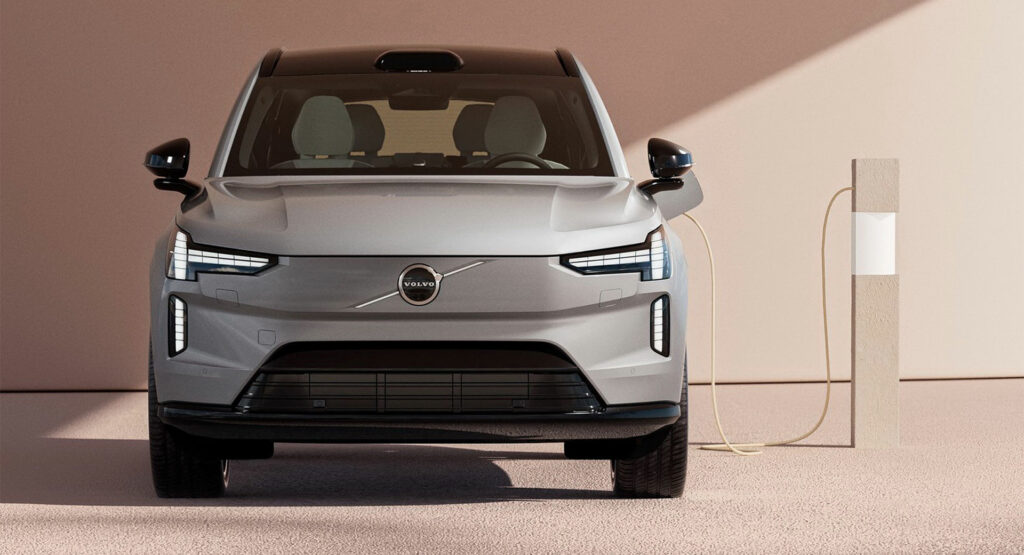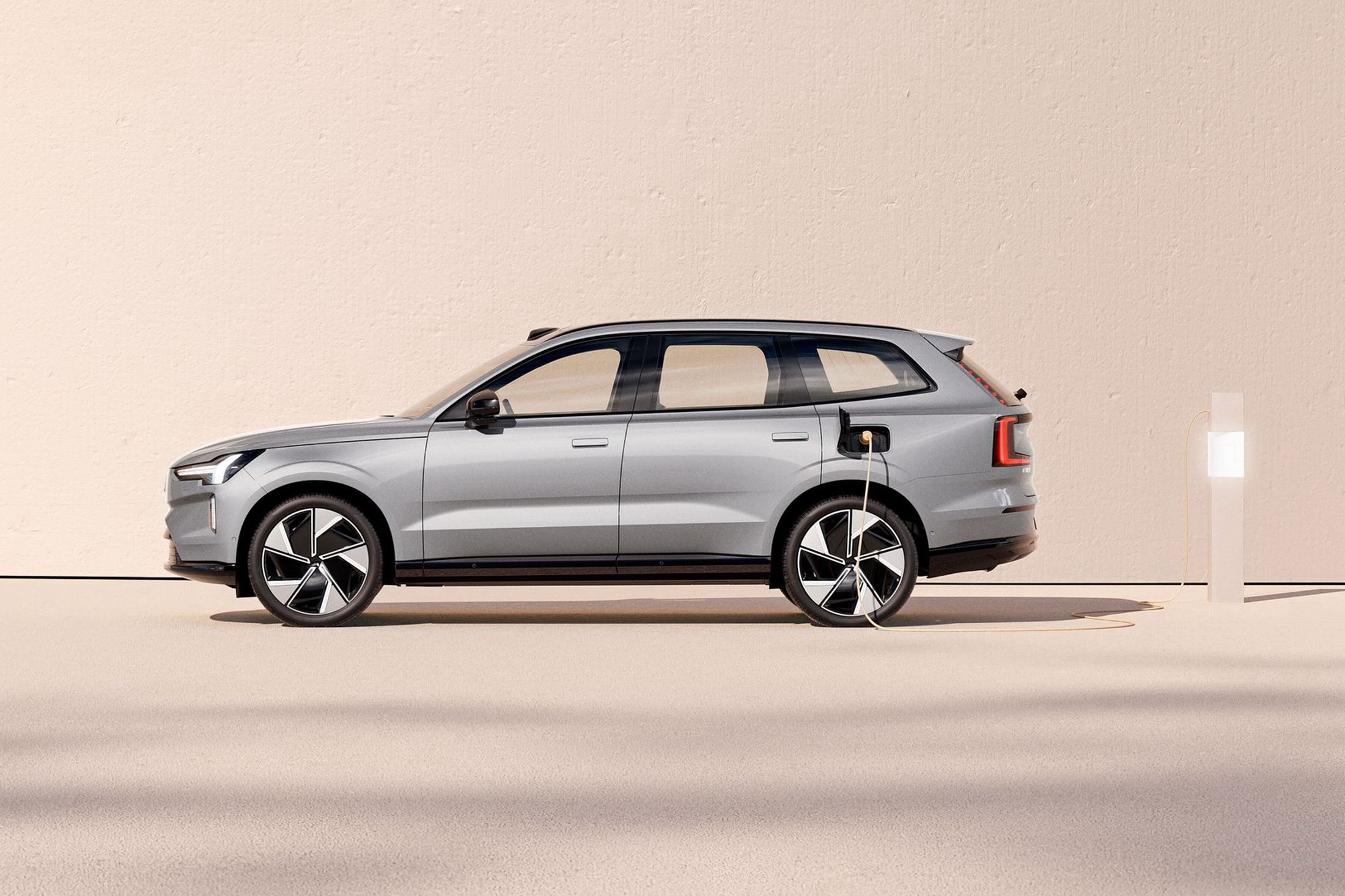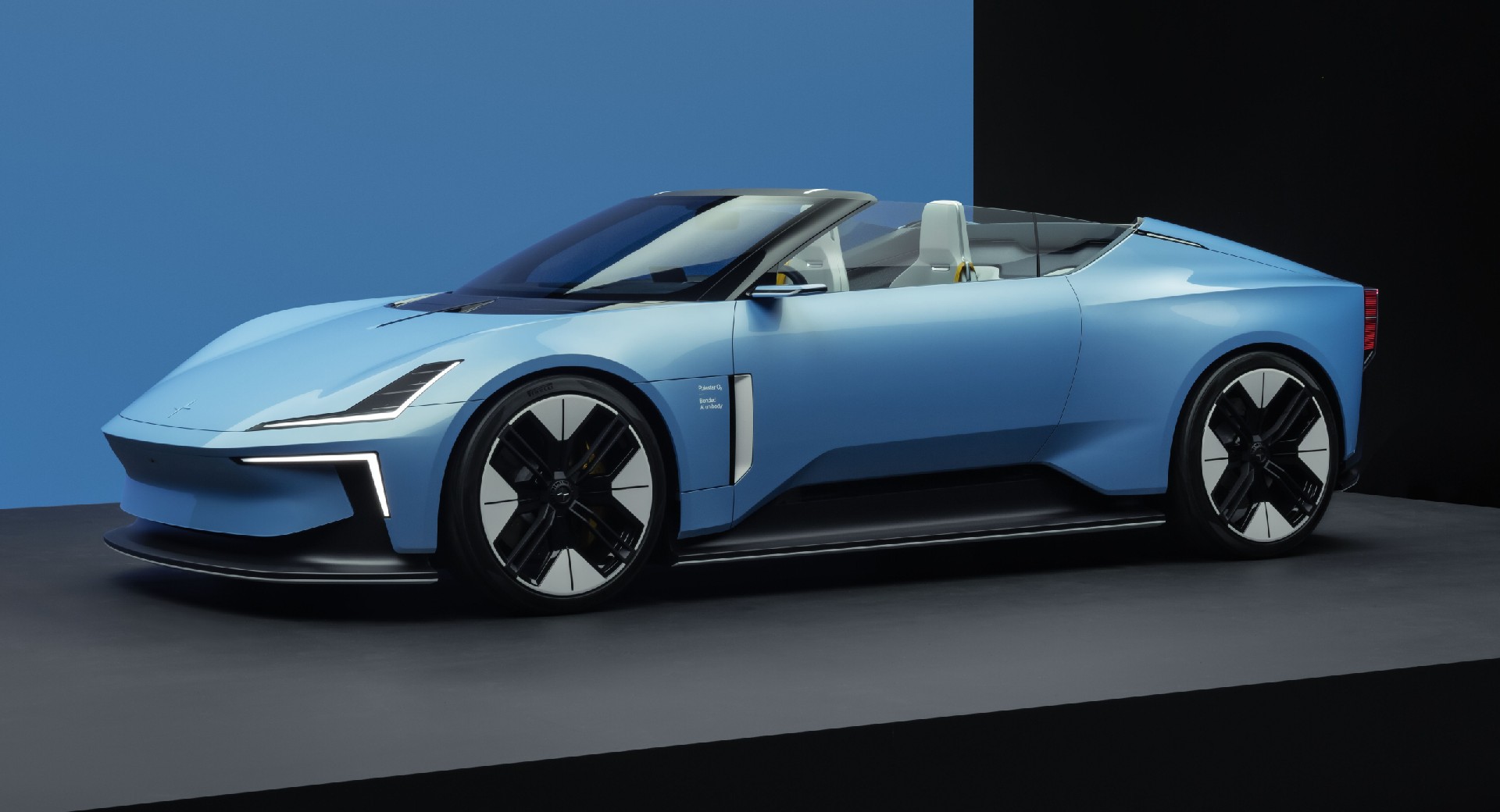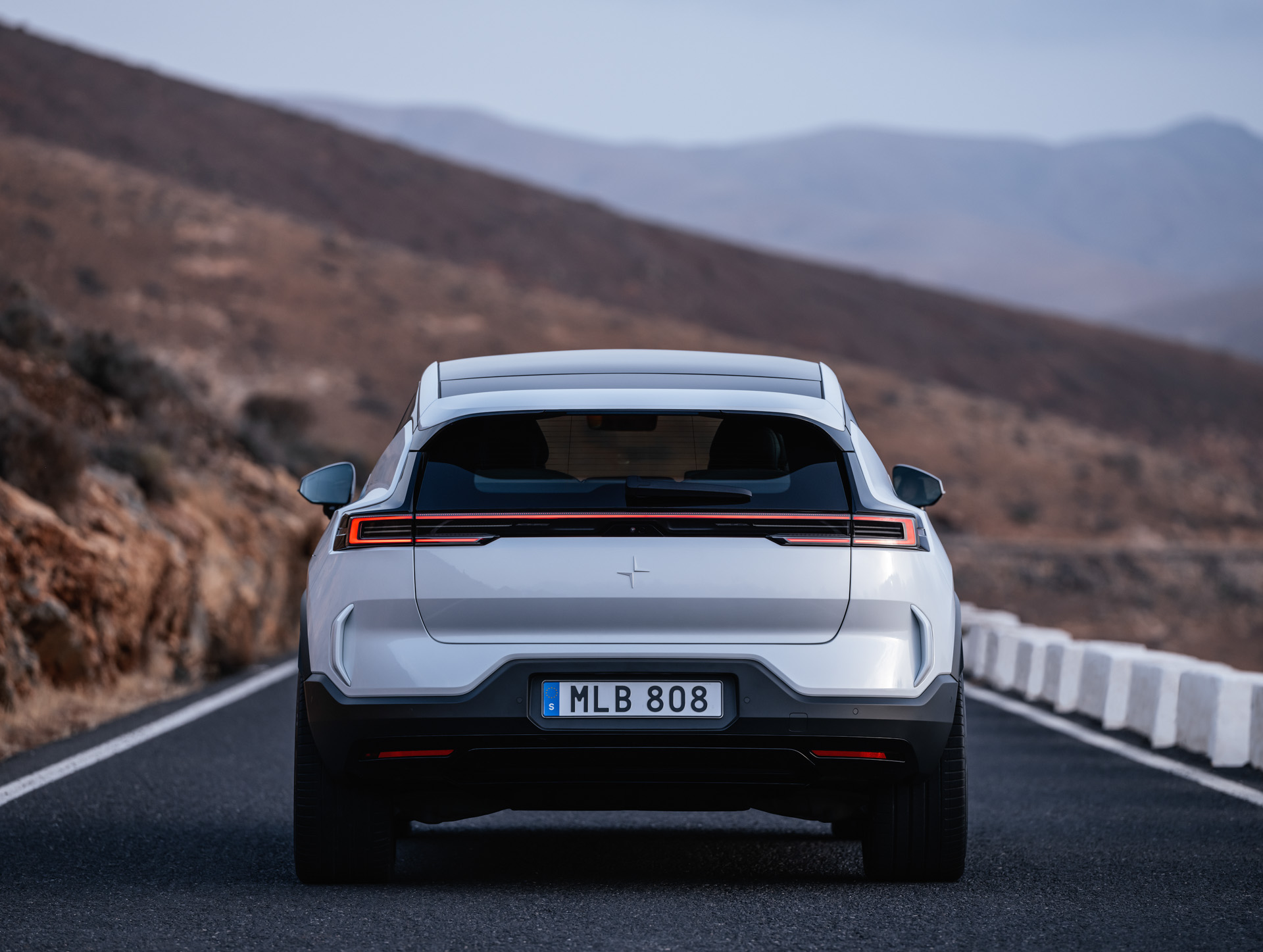The chief executive of Volvo believes that electric vehicles will reach price parity with combustion-powered vehicles by 2025.
Jim Rowan, the former chief executive of Dyson, made the bold claim following the launch of the EX90 SUV, the company’s first EV built with a bespoke electric platform. A plethora of other EVs are just around the corner and will play an important role in driving down costs.
“We think we get [to price parity]… around 2025, where there’ll be enough technology that’s driving down cost on the battery,” Rowan told Auto News Europe. “Technology will drive range up. Less batteries, but more range, at less cost — we’ll get there.”
Read: 2024 Volvo EX90 Is A Polestar 3 Electric SUV Dressed For A Court Appearance
The Swedish car manufacturer will go full-electric by the start of the next decade. Its next EV will be a small crossover to sit below the XC40 and C40 in its range and will be “aimed at a younger demographic who can subscribe to it,” Rowan said.
While prices of raw materials have soared over the past two years, battery prices have sunk 80 to 90 per cent over the past 12 years. Prices for the average motor of an EV increased 26 per cent in 2021 and are tipped to rise throughout 2022 but even so, Volvo’s positioning as a premium brand means it can reach price parity sooner than some mass-market brands.
“In the segments that Volvo competes, it’s definitely possible,” Guidehouse Insights principal analyst Sam Abuelsamid said. “In more mainstream segments, you don’t have that margin headroom to work with.”
Key to helping Volvo reach price parity is its battery supplier CATL. The Chinese company’s lithium-iron phosphate pack used by the Tesla Model 3 is the global leader in affordability, costing $131 per kilowatt hour. Volvo is aiming to decrease this to below $100 per kWh by 2025-2026.
Rowan also spoke about the Biden administration’s Inflation Reduction Act, noting that it will drive adoption of EVs and that the company will fully benefit from the $,7500 federal EV tax credit with future models.
“We’ll benefit [from the Inflation Reduction Act] when we get to the smaller SUVs that we’ll bring,” Rowan said, as it’s targeted to “a demographic that’s got less household income because it’s their first car.”






